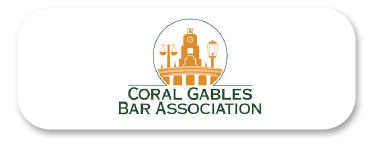When an artist copies, or closely mimics a work of art, without checking the copyright status of the work, it can lead to copyright infringement. This can be a costly legal battle, which every artist should want to avoid.
What is copyright infringement?
Copyright infringement occurs when an artist uses a copyrighted work without permission. It is not limited to copying a work when the artist creates a piece, but also includes the distribution, the public display, or creating a derivative work, using parts of a copyrighted work without permission. Artists register their works with the U.S. copyright office in order to gain the ability to sue infringers in court. Copyright protection lasts for the duration of the artist’s life plus seventy years.
As long as a work is authored by a human (not AI), original, and fixed to a tangible medium (i.e. a sculpture, painting, photograph, etc.) then it is subject to copyright protection from the moment it is created. However, a work must be copyrighted in order to file a suit for copyright infringement.
When an artist holds a valid copyright to their work, and believes another work is infringing upon their copyright, they may file a complaint. The court will consider the copying of protected elements and the substantial similarity of the works through various tests that identify specific elements and consider the overall impression to the average person. A copyright infringement suit can lead to costly and extensive legal proceedings. Therefore, artists should always find out if the works they use is registered with the copyright office.
Are there exceptions to copyright infringement?
Under the Fair Use Doctrine, limited copying is permitted for criticism, comment, news reporting, teaching, scholarship, and research. Fair use most commonly applies in art in the context of criticism, incorporating a work into a greater work of art in other contexts (as long as the use is transformative, and this is tricky), or using artwork in a school setting to teach. When determining if use of a copyrighted work counts as fair use, the court considers for factors: the purpose and character of the use, the nature of the copyrighted work, the amount and substantiality of the copyrighted work, and the effect of the use on the market.
Transformative fair use allows for use of a work when it is used in a new and different way that adds new meaning and expression. To qualify as transformative fair use, the work cannot simply be derivative but must give the work new purpose or character.
How much do I have to change the work to avoid copyright infringement?
There is actually no percentage by which you must change an image to avoid copyright infringement. The standard is whether the artworks are “substantially similar,” or a “substantial part” has been changed, which of course is subjective.
The court will look at the circumstances and what exactly has been copied. While copying a small part of an image might seem insignificant, it might be deemed “substantial” if it defines or is the essence of the piece. The court will likely say that if a reasonable person would see the pieces as similar and point out which is the copy, an infringement has occurred.
If you have questions related to copyright infringement as an artist or need guidance on your obligations, our knowledgeable business law attorneys at EPGD Business Law are here to help. Call us at (786) 837-6787 or email us to schedule a consultation.









One Response
THANK YOU for this information.
Thank you very much,.